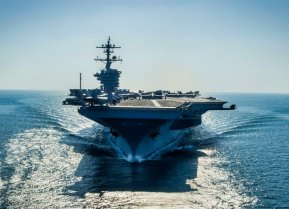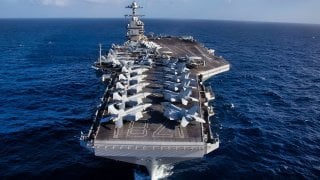Ford-Class Aircraft Carrier: The U.S. Navy's $13,000,000,000 Mistake?
While the Ford-Class aircraft carrier boasts advanced technology and reduced crew requirements, recent events raise questions about its vulnerability to modern threats like drones and "carrier killer" missiles.
Summary and Key Points: While the Ford-Class aircraft carrier boasts advanced technology and reduced crew requirements, recent events raise questions about its vulnerability to modern threats like drones and "carrier killer" missiles.
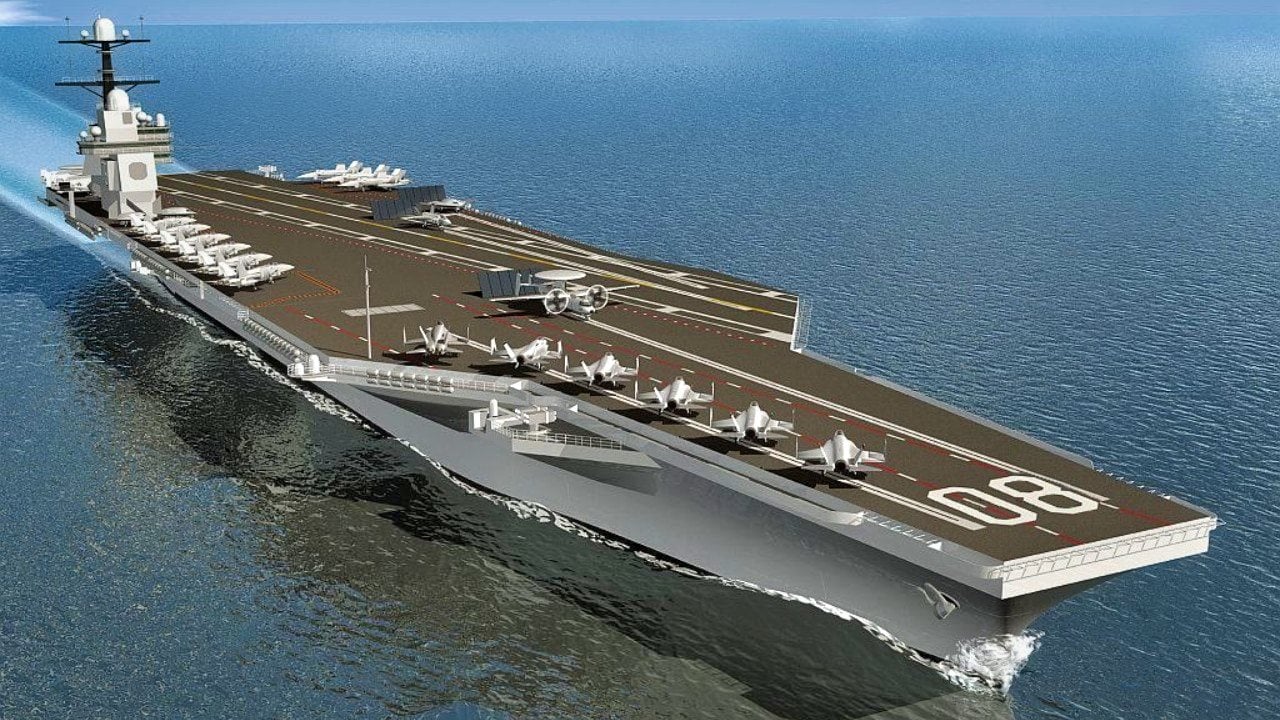
-The Navy faces the challenge of justifying the high costs and strategic relevance of these massive vessels in an era where smaller, more agile threats pose significant risks.
The Ford-Class Aircraft Carrier Debate Is Just Getting Started
The USS Gerald R. Ford, the lead vessel of a new class of nuclear-powered carriers that will begin to replace the Cold War-era Nimitz-class on a one-for-one basis over the next several decades, isn't just the largest warship ever built – it is also the most expensive.
Its total price tag came in at about $13.3 billion, nearly 30 percent higher than initial estimates. It has suffered from numerous delays and the "kinks" are still being worked out of some of its key systems. That fact isn't entirely surprising as it is a new-class of carrier loaded with new technology.
Things are supposed to be easier, while the costs are expected to reduced to build the next carriers in the class.
It was also reported that the U.S. Navy can expect to save about $5 billion per ship in maintenance costs over the life of the program than the preceding Nimitz-class. The service had previously set a target of $4 billion per ship in savings.
Moreover, the Ford-class of carriers relies on greater automation, and the vessels were designed to operate effectively with nearly 700 fewer crew members than the Nimitz-class. The savings in operations and maintenance could free up money for other readiness and acquisition needs.
But is the Modern Aircraft Carrier Still Worth the Cost?
The U.S. Navy's nuclear-powered supercarriers can provide force projection around the world. No other naval force in the world can send carriers to deal with multiple hotspots at the same time.
This would seem to justify the $13.3 billion price tag of CVN-78 and the future vessels of the class that are to come. Yet, recent lessons from the battlefield and advances in technology could put this into question.
Earlier in 2023, an Iranian drone flew near the USS Dwight D. Eisenhower (CVN-69), which is now operating in the Persian Gulf. The unmanned aerial system (UAS) reportedly came within 1,500 yards of the warship. Though it didn't do any damage, it isn't hard to believe that a loitering munition system – also known as kamikaze drone – such as Russia's Lancet, or a drone swarm could be employed and do significant damage to a carrier.
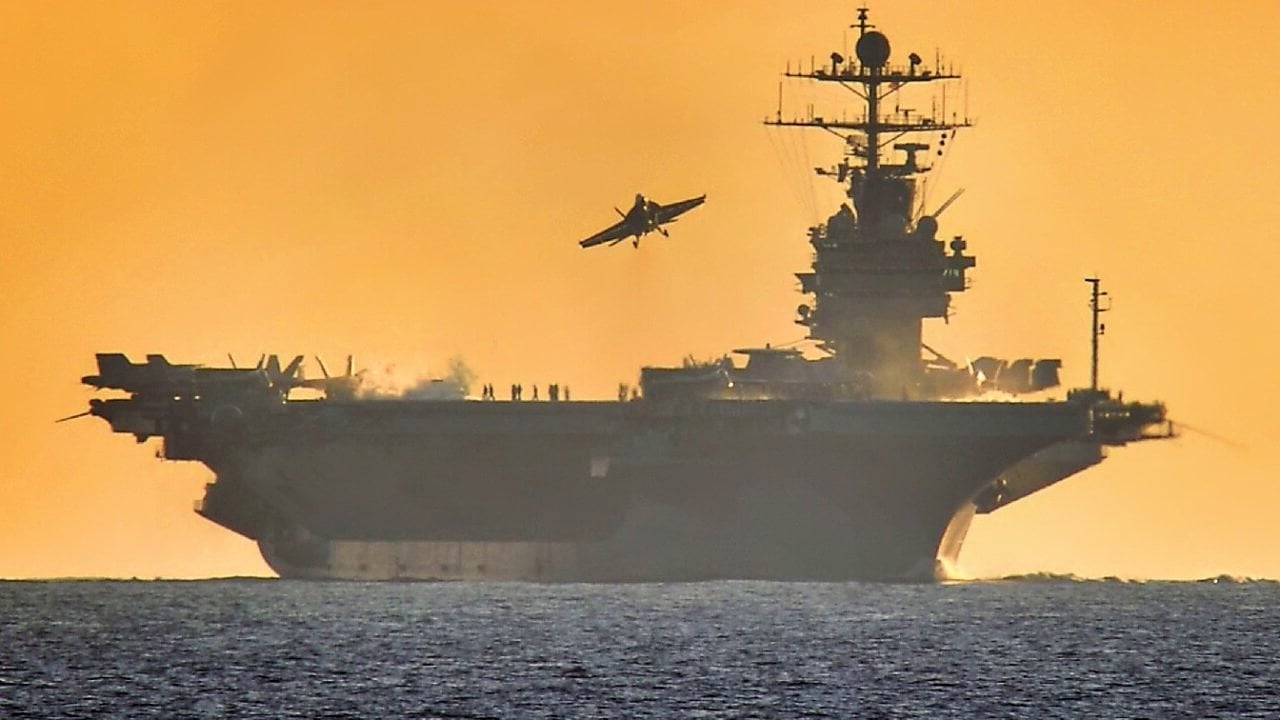
Such a strike might not sink a Nimitz-class or Ford-class carrier, but there is no denying that a supercarrier is truly a big target. It is a situation where an enemy only needs to get lucky one time!
As has been seen in the war in Ukraine, sea-based drones have successfully targeted the Russian Navy's Black Sea Fleet in port, and a carrier could make a tempting target for terrorists and rogue operators.
Then there are China's "carrier killer" missiles, notably the DF-26B (Dong Feng-26), a road-mobile, two-stage solid-fueled intermediate-range ballistic missile that was first unveiled during a military parade in September 2015. It has a reported range of 4,000km (2,485 miles) and it can be used in both conventional and nuclear strikes against ground as well as naval targets.
Such weapons should be seen a real threat to warships.
The Moskva, flagship of the Black Sea Fleet, was sunk in the spring of 2022 by Ukrainian land-based launchers. It was the largest warship sank since the Second World War.
Though a carrier is far more protected, it is still a big and expensive target.
Aircraft Carriers Will Be Lost in War
Earlier in 2023, the Center for Strategic and International Studies in Washington, D.C. held a series of war games that simulated a Chinese invasion of Taiwan in 2026. In the simulations, the U.S. and its allies, including Japan, were able to successfully defend Taiwan but still lost two carriers – and sometimes as many as four!
Replacing such warships would take tens of billions of dollars and decades to build them. That should serve as a warning that perhaps the large carriers are as antiquated as the battleship.
It should be remembered that the Casablanca-class escort carrier USS Bismarck Sea (CVE-95) was the last U.S. Navy flattop to be sunk in combat – after she was hit by two Japanese kamikaze attacks on February 21, 1945.
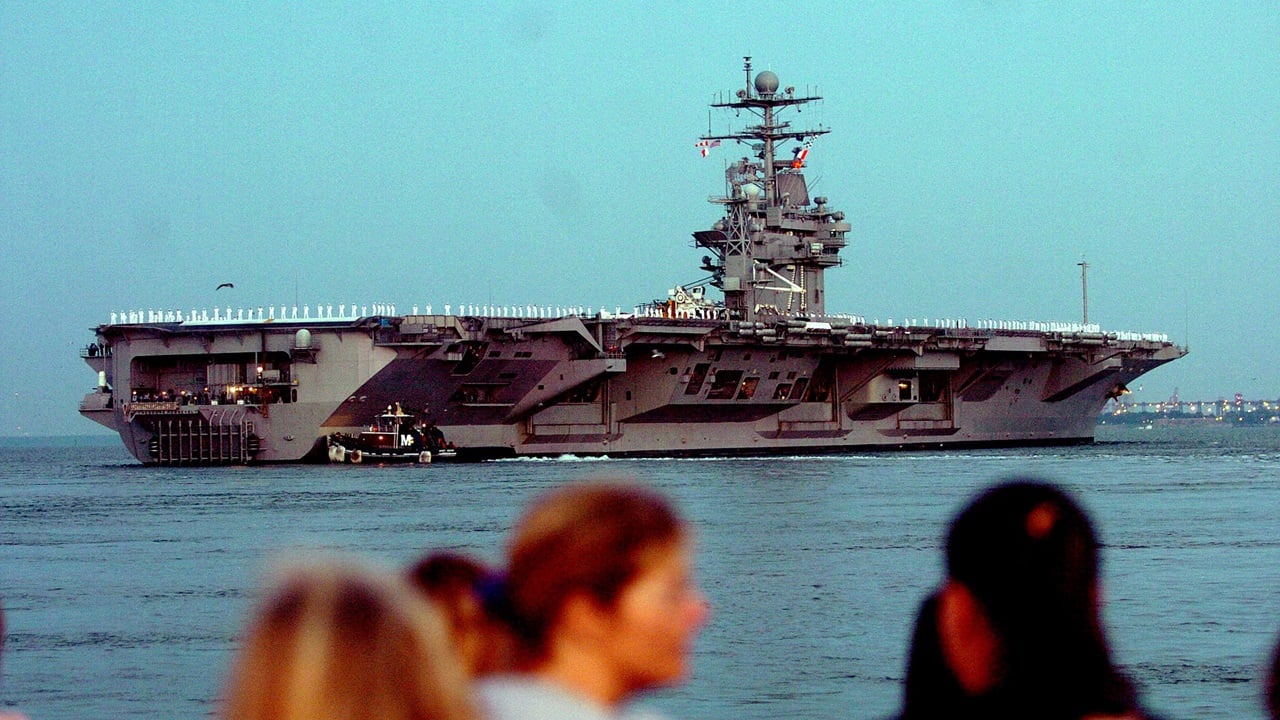
We must hope that CVE-95 will remain the last carrier to ever be sunk, but a $13.3 billion warship is a mighty tempting target!
Author Experience and Expertise
Peter Suciu is a Michigan-based writer. He has contributed to more than four dozen magazines, newspapers, and websites with over 3,200 published pieces over a twenty-year career in journalism. He regularly writes about military hardware, firearms history, cybersecurity, politics, and international affairs. Peter is also a Contributing Writer for Forbes and Clearance Jobs. You can follow him on Twitter: @PeterSuciu.
Image Credit: Creative Commons.
